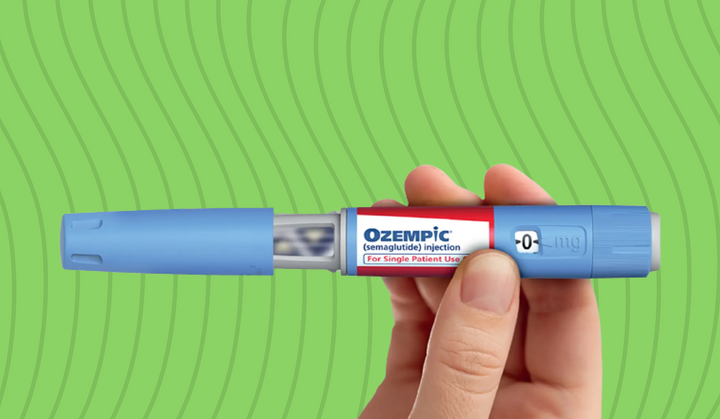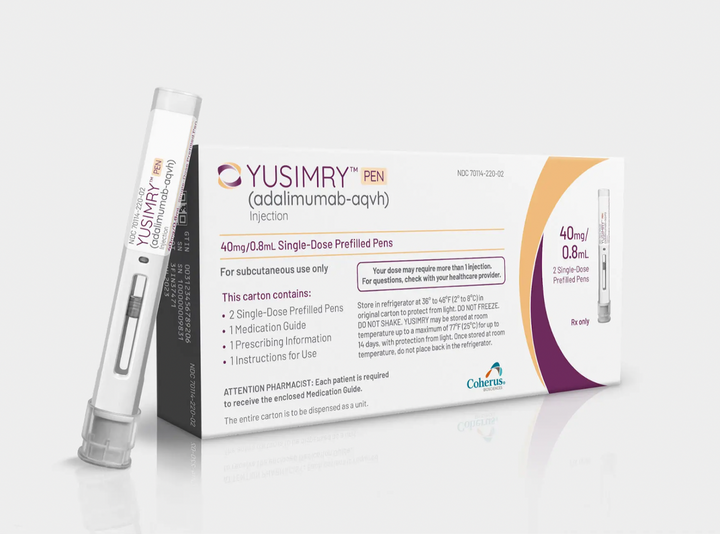Hyaluronic Acid Injections: The Economic Impact of an Unnecessary Healthcare Expenditure

Despite over 50 years of evidence and numerous studies, hyaluronic acid injections for knee osteoarthritis show minimal benefit over placebos, draining significant resources from the American healthcare system. The expenditures surpass a staggering $400 million annually in Medicare claims in 2019 with an estimated one in seven patients with osteoarthritic knee pain receiving a hyaluronic acid injection.
What is Hyaluronic Acid?
Hyaluronic Acid (HA), commonly used for treating knee osteoarthritis through an injection procedure called viscosupplementation, has a variety of FDA-approved versions. Despite their widespread use, all function similarly and have shown minimal efficacy in treating osteoarthritis pain compared to placebos.
The FDA has approved several versions of HA, each marketed under different names: Euflexxa®, Durolane®, Gel-One®, GenVisc® 850, Gelsyn-3®, Hyalgan®, Hymovis®, Monovisc®, Orthovisc®, Supartz FX®, Synvisc®, Synvisc-One®, SynoJoynt™, Visco-3™, TriVisc®, and Triluron®. Despite the myriad of options available, each variant of HA delivers similar results, emphasizing the importance of thoroughly reviewing and considering the efficacy and financial implications of HA injections for osteoarthritis treatment.
High Economic Toll for Questionable Value
In 2018, more than a quarter of Medicare expenditures for viscosupplementation were incurred for treating subsequent joint infections, a side effect of hyaluronic acid injections1. Patients sometimes bear these high costs out-of-pocket, with each injection averaging more than $300. This is because the procedure is billed under Part B and beneficiaries on FFS Medicare with Medigap/Med-Sup will be out of pocket for the 20% copay. Such unnecessary spending underscores the crucial need for more stringent guidelines and ethical oversight in the administration and promotion of hyaluronic acid treatments for osteoarthritis.
Despite the limited relief and high costs, the usage of hyaluronic acid injections remains rampant. “This isn’t the first attempt to look at the value of viscosupplementation... other groups have arrived at very similar conclusions,” emphasizes Cara Cipriano, chief of orthopedic oncology at Penn Medicine, further highlighting the abundant data against the use of these injections[1].
The American Academy of Orthopedic Surgeons2, the American Academy of Family Physicians and other expert organizations have also advised against the use of hyaluronic acid injections for knee osteoarthritis patients[1,3]. These recommendations accentuate the need to prioritize economically efficient and effective treatments in the healthcare system to ensure sustainable financial health alongside patient well-being.
Industry Influence and Commercialization Tactics
In 2019, the Centers for Medicare & Medicaid Services (CMS) completed a Local Coverage Determination (LCD) for hyaluronic acid therapies underscoring the prevailing consensus: "The most recent research … has not found viscosupplementation to be effective at significantly reducing pain or improving function. Although some patients report pain relief with the procedure, others are not helped by the injections[4]."This was followed by many other commercial payors ending coverage for the injections. However, Medicare did retire the policy, softened their wording, and the manufacturers continue to lobby to uphold coverage and reduce controls over access to the drug[5,6,7].
Moreover, a study referenced in JAMA underscores a significant issue: industry payments to physicians may be influencing the administration of hyaluronic acid to Medicare beneficiaries8.
On an unrelated note, we must also consider the fact that ordering physicians are paid “ASP+x%” for “buying and billing” the payor for the drug (under the Part B medical benefit) – where x is 6% in Medicare and up to 20%+ with commercial carriers. This presents an obvious conflict of interest and financial motivation for physicians to continue prescribing these drugs. In a future post, we will explore prescribing patterns among the top and consistent prescribers of HA drugs.
This raises questions and ethical quandaries about how manufacturers should respond to commercialization and marketing of these drugs. After all, with enough studies proving its meager effectiveness (if any), how novel longitudinal studies need to be done? We suspect this is another drug that mostly lives in the FFS Medicare world and slides under the radar for other commercial payors.
Conclusion
Despite clear evidence and guidelines advising against the use of hyaluronic acid injections for knee osteoarthritis, substantial Medicare spending on this ineffective treatment continues to rise. Conflicts of interest from manufacturer payments to physician-administration of hyaluronic acid highlights a pressing need for transparency, ethical oversight, and adherence to scientific evidence in healthcare decisions and policies, ensuring the prioritization of patient health and the judicious use of healthcare funds. Those patients who see the marginal benefits with viscosupplementation should have access to such treatments - but perhaps at the self-pay level and not at the cost to Medicare and society at large.
References:
- https://www.statnews.com/2022/07/06/hyaluronic-acid-injections-dont-help-knee-osteoarthritis-review-finds/
- https://www.ncbi.nlm.nih.gov/pmc/articles/PMC5625860/
- https://www.aafp.org/pubs/afp/issues/2013/0201/p202.html
- https://www.cms.gov/medicare-coverage-database/view/lcd.aspx?LCDId=35427
- https://www.cms.gov/medicare-coverage-database/view/lcd.aspx?lcdId=39260&ver=5
- https://www.hhs.gov/about/agencies/dab/decisions/alj-decisions/2021/alj-cr6001/index.html
- https://www.cms.gov/medicare-coverage-database/view/article.aspx?articleId=56412&ver=4
- https://jamanetwork.com/journals/jamainternalmedicine/article-abstract/2802543


